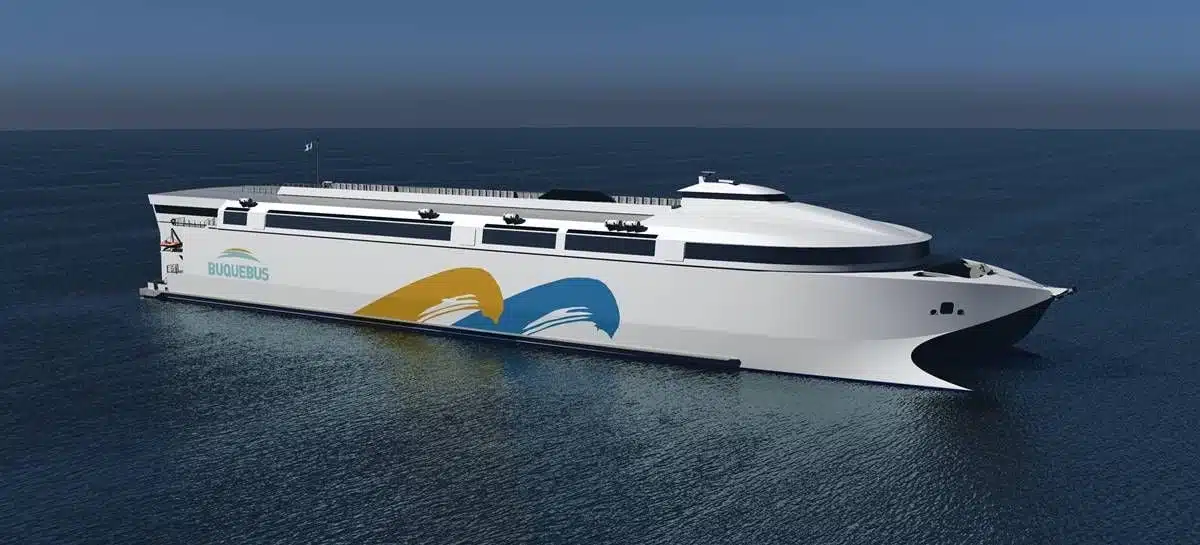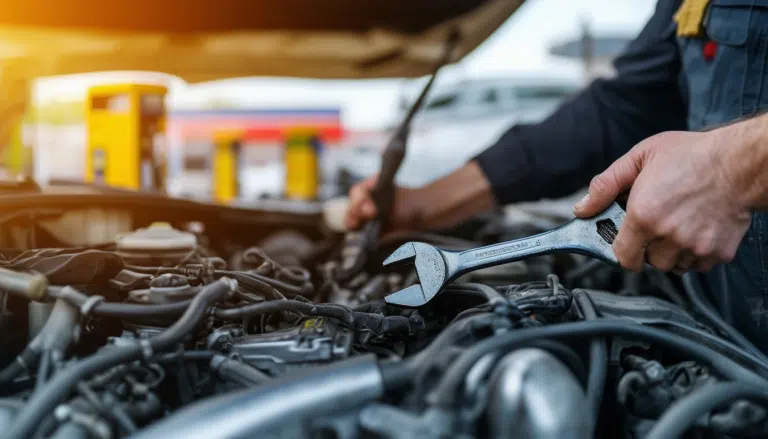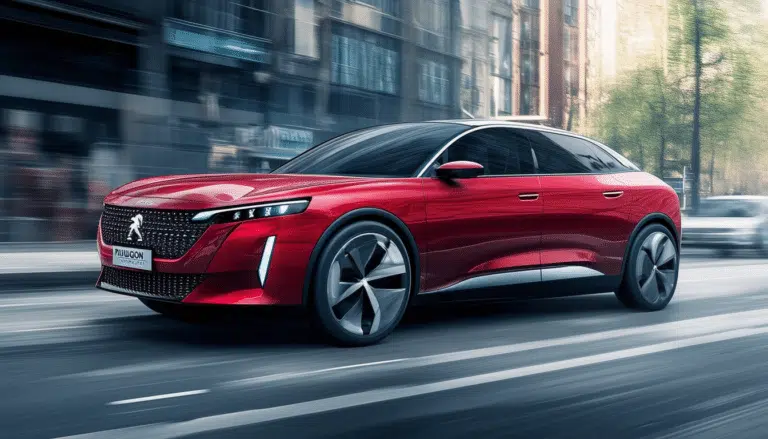A Australian company will develop the world’s largest hydrogen-powered catamaran ferry

Innovation in maritime transport is taking an exciting turn with the announcement that an Australian company is developing the largest catamaran ferry in the world powered by hydrogen. This ambitious project not only represents a significant technological advance but also marks a crucial step towards a more sustainable future in transportation. Equipped with an advanced propulsion system, this ferry promises to improve energy efficiency and contribute to the reduction of polluting emissions, setting a precedent in the global maritime industry.
Innovation in maritime transport is taking a new direction with the announcement of an Australian company, which has secured a significant contract to design and build the largest catamaran ferry in the world. This ferry, equipped with advanced technology, will be powered by hydrogen, a clean fuel that promises to revolutionize the transportation industry. With a design prepared to accommodate multiple types of fuel, the ‘Horizon X’ positions itself as a benchmark in sustainability and energy efficiency.
Contract and Construction Details
Austal Australasia has secured a contract worth between A$265 and A$275 million awarded by Gotlandsbolaget of Sweden. This agreement includes the design and construction of a high-speed ferry measuring 130 meters in length. The vessel will be the largest ever created by Austal, standing out for its performance and technological capabilities.
Features of the ‘Horizon X’ Ferry
The ‘Horizon X’ ferry will have the capacity to transport up to 1,500 passengers, 400 vehicles, and cargo. Its design will focus on optimizing energy consumption and reducing polluting emissions. To achieve these goals, the ferry will utilize green aluminum, which is produced through less polluting processes, thus contributing to the overall sustainability of the project.
Innovations in Propulsion and Energy Efficiency
The ferry will feature a combined cycle propulsion system, the first of its kind in high-speed vessels. This technology utilizes the waste heat from the exhaust gases generated by gas turbines to produce steam and drive additional turbines. In this way, the energy efficiency of the ferry will be significantly improved, reducing fuel consumption and CO2 emissions.
Fuel Flexibility
A key feature of the ‘Horizon X’ ferry is its ability to operate with multiple types of fuels, including hydrogen. This versatility will allow it not only to adapt to future environmental needs but also to enable Gotlandsbolaget a gradual transition to cleaner energy sources without making significant modifications to the vessel.
Construction and Project Timeline
The construction of the ferry will take place at the Austal shipyard in the Philippines, with a timeline anticipating the start of construction in the first half of 2026 and the estimated completion by mid-2028. This roadmap indicates a serious commitment to timelines and efficiency in project execution.
Commitment to Sustainability and Decarbonization
The CEO of Austal Limited has emphasized that the ‘Horizon X’ project will redefine the capabilities of modern commercial ferries through its highly efficient design and innovative propulsion system. This approach leads the transition towards the decarbonization of maritime transport, aligning with global efforts to combat climate change.
Impact on Maritime Transport and the Environment
The ‘Horizon X’ ferry will not only improve connectivity between the island of Gotland and the Swedish mainland but will also represent a significant advance in the reduction of maritime transport emissions globally. This project entails a commitment to clean technologies, such as hydrogen, making a tangible contribution to sustainability in the maritime industry.
With the increasing pressure to adopt cleaner and more efficient alternatives, the Australian company positions itself at the forefront of innovation in transportation. Thanks to initiatives like this, the future of maritime transport promises to be more environmentally friendly, demonstrating that it is possible to combine efficiency, speed, and sustainability.
The Future of Maritime Transport: Innovation and Sustainability
The recent awarding of a contract worth approximately A$270 million to Austal Australasia to design and build a 130-meter high-speed catamaran ferry, prepared for hydrogen, marks a significant milestone in the maritime transport industry. This ferry, known as ‘Horizon X’, is not only set to be the largest ever built by Austal but also serves as an emblematic example of how technology can align with sustainability goals in the naval sector.
The ‘Horizon X’ will feature a combined cycle propulsion system that optimizes energy use by harnessing waste heat, leading to notable energy efficiency and a reduction in CO2 emissions. Its capacity to carry up to 1,500 passengers and 400 vehicles, combined with its design focused on reducing the carbon footprint, positions this ferry as an innovative solution able to meet contemporary demands for sustainable mobility.
Additionally, its flexibility to operate with different fuels, including hydrogen, reflects a clear commitment toward the future of intermodal transportation. The maritime industry, traditionally reliant on fossil fuels, is beginning to incorporate clean and efficient energy solutions, marking the start of a new era where sustainability is not just an aspiration but a tangible reality.
This project also highlights the importance of collaborations between public and private companies in the search for effective solutions that address climate change and promote more responsible practices in navigation. This will not only benefit ferry operators and passengers but will also have a positive impact on the communities and marine ecosystems that depend on more sustainable maritime transport.




